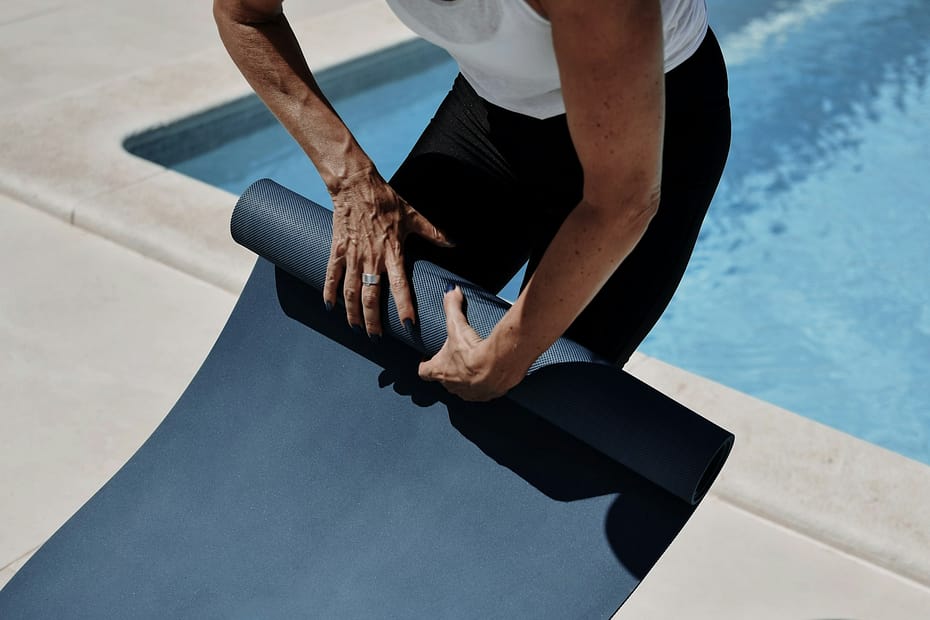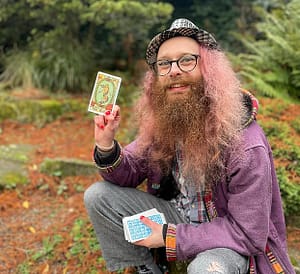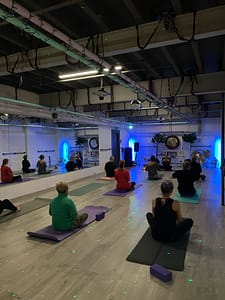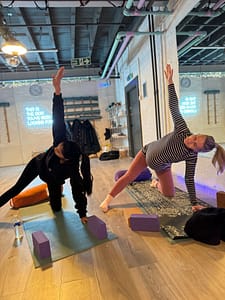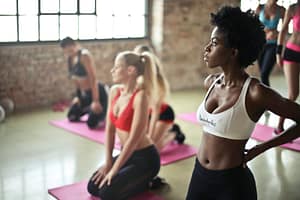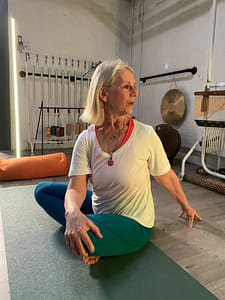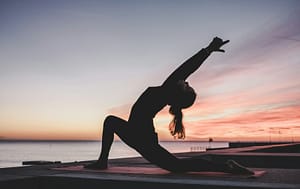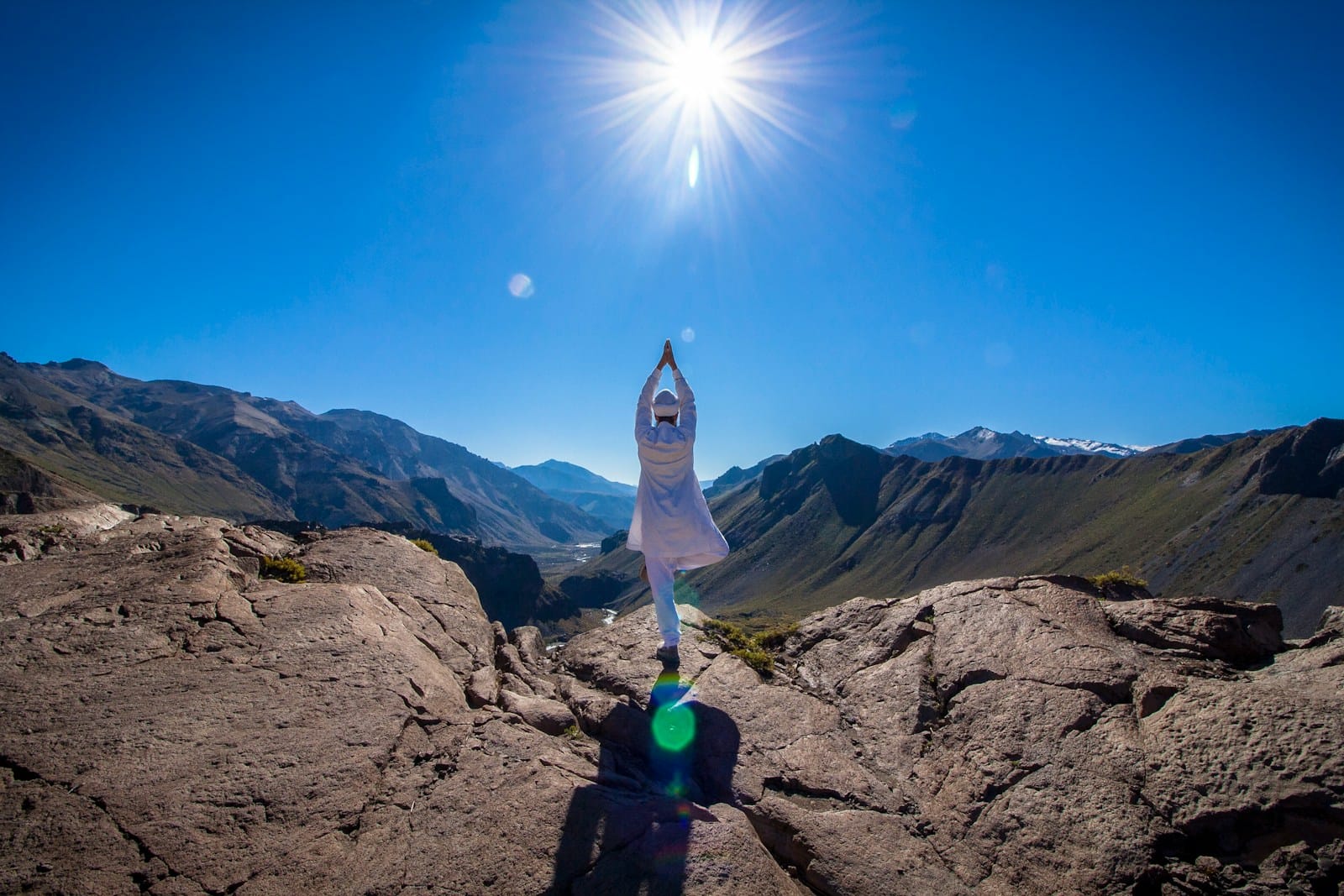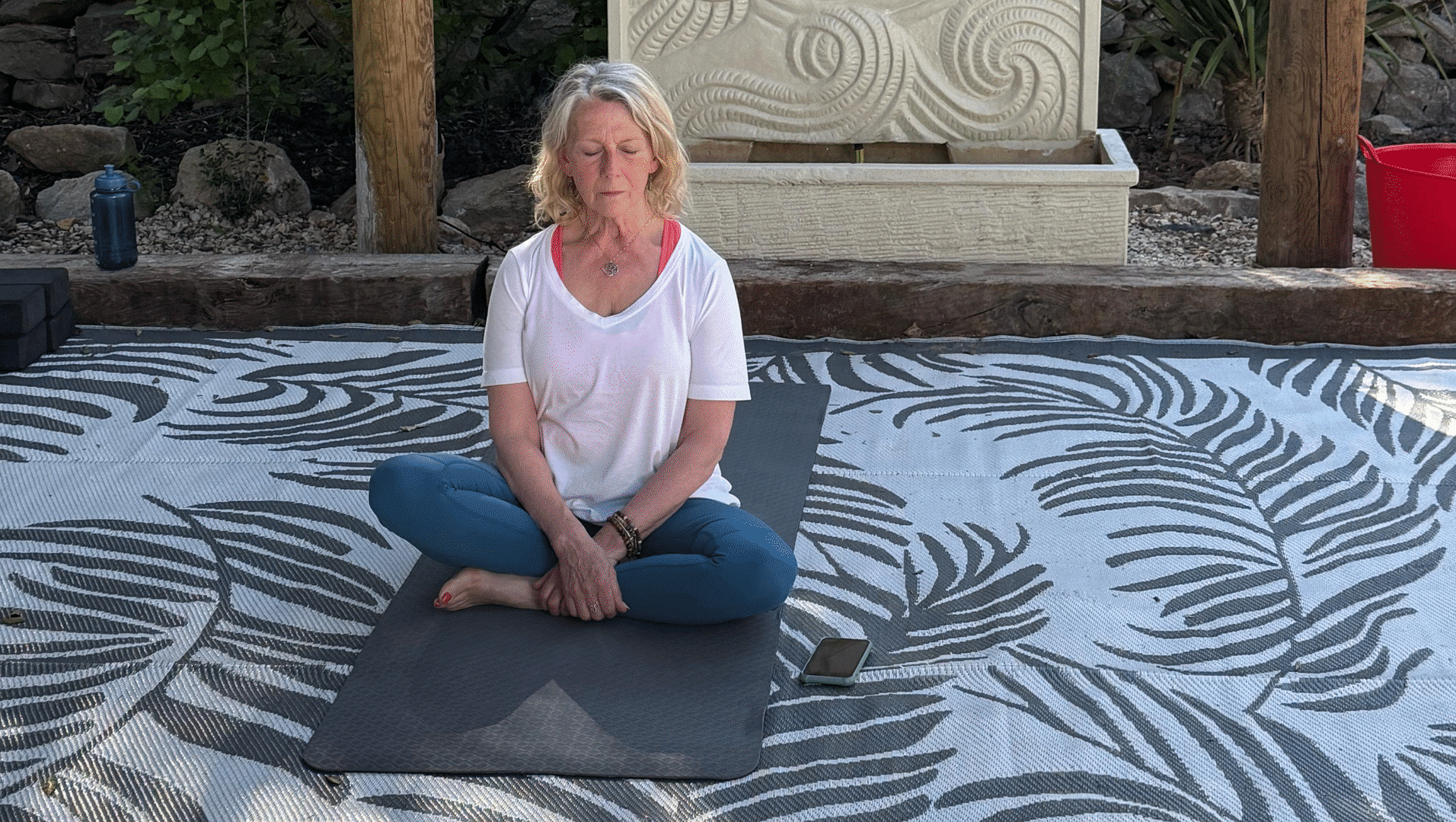Table of Contents
Yoga can be confusing when you first step into the world. You see one class doing slow stretches with blankets, another where people are upside down in hammocks, and someone else talking about chanting and breathwork. And somehow, it is all called yoga. So it makes sense that people often ask, what are the different types of yoga and how do I pick one that suits me?
There are so many types of yoga practices out there, each offering something different. Some focus on building strength and flexibility, while others centre around rest, meditation, or emotional release. If you have ever looked at a studio timetable and felt overwhelmed, you are not alone. But once you understand the different types of yoga and their benefits, it becomes much easier to find something that works for you.
In this guide, I am going to walk you through the main types of yoga explained in a way that is easy to follow, even if you are a complete beginner. Whether you are looking for something calm and grounding, or something energising and physical, this article will help you make sense of what is out there and how to choose a class that supports your body, mind, and lifestyle.
What Is Yoga, Really?
The Roots Of Yoga
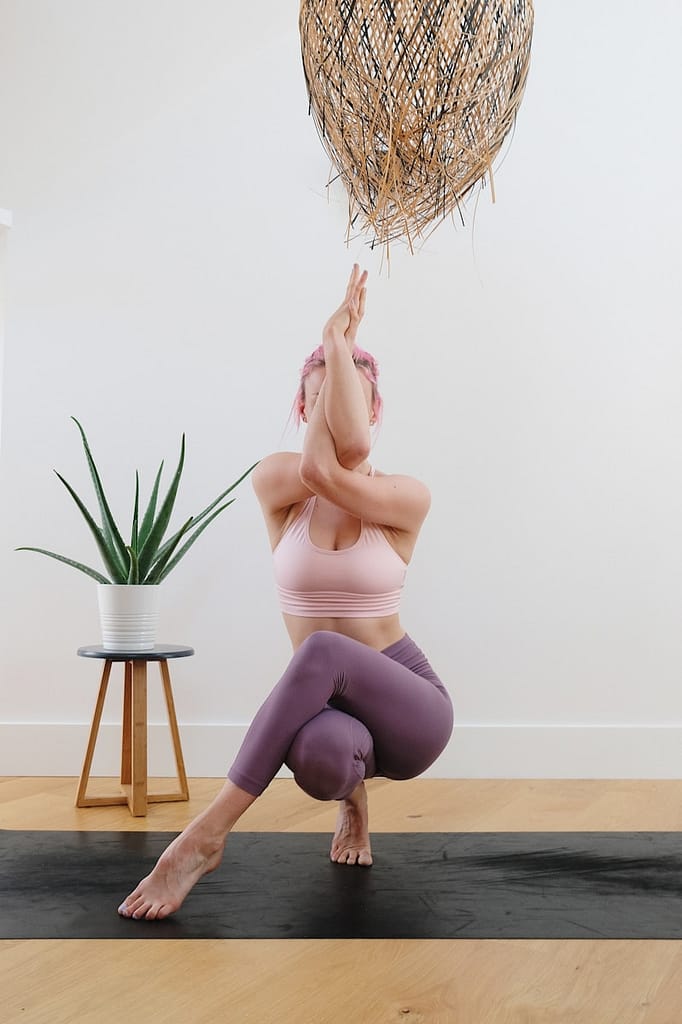
Yoga began in ancient India as a spiritual practice with many layers. It is much more than just physical exercise. At its core, yoga is about connection. The word itself means union, and traditional yoga includes breathwork, meditation, ethical principles, and movement. The physical poses most people recognise are just one part of a much bigger picture.
Yoga has its roots in various traditions, including Hinduism, Buddhism, and Jainism. Its teachings have been passed down through lineages and adapted by different cultures. The postures, or asanas, that form the basis of most yoga classes today are a relatively modern development, but they are grounded in centuries of practice.
Modern Yoga In The West
In recent decades, yoga has been adapted and taught in studios, gyms, and online platforms all over the world. While some classes still carry the philosophical or spiritual aspects, many focus on the physical side. There is no one right way to practise, but knowing the background helps you find what fits your needs.
Modern yoga in the West tends to emphasise asana practice, often blended with breathwork and mindfulness. Depending on the teacher or studio, it can lean more towards fitness, therapy, spirituality, or relaxation. This variety is part of what makes yoga so widely accessible, but also what makes it a bit confusing at first.
Why Are There So Many Different Types Of Yoga?
Evolution Of Styles
Over time, different teachers and schools of yoga developed their own approaches. Some focused more on alignment, others on flow, some on energy work or therapeutic movement. That is why you see so many different names when you look at a class schedule.
The diversity in yoga styles reflects the needs and creativity of the people who practise and teach it. Each tradition or method has evolved in response to different bodies, beliefs, and cultural contexts. This means there is no one-size-fits-all. Instead, there are many types of yoga practices that offer different pathways to growth, healing, and self-awareness.
Different Needs, Different Practices
People come to yoga for all kinds of reasons. Some want to stretch and move more, others are looking for mental clarity, pain relief, or emotional healing. The wide range of styles means there is likely something that can meet you where you are, physically and emotionally.
Whether you are recovering from injury, working with anxiety, wanting to build strength, or just need some time to reconnect with yourself, understanding the different types of yoga and their benefits can help you find something that truly supports your wellbeing. This is where learning about the main types of yoga classes becomes incredibly helpful.
10 Types Of Yoga Explained And Their Benefits
Hatha Yoga
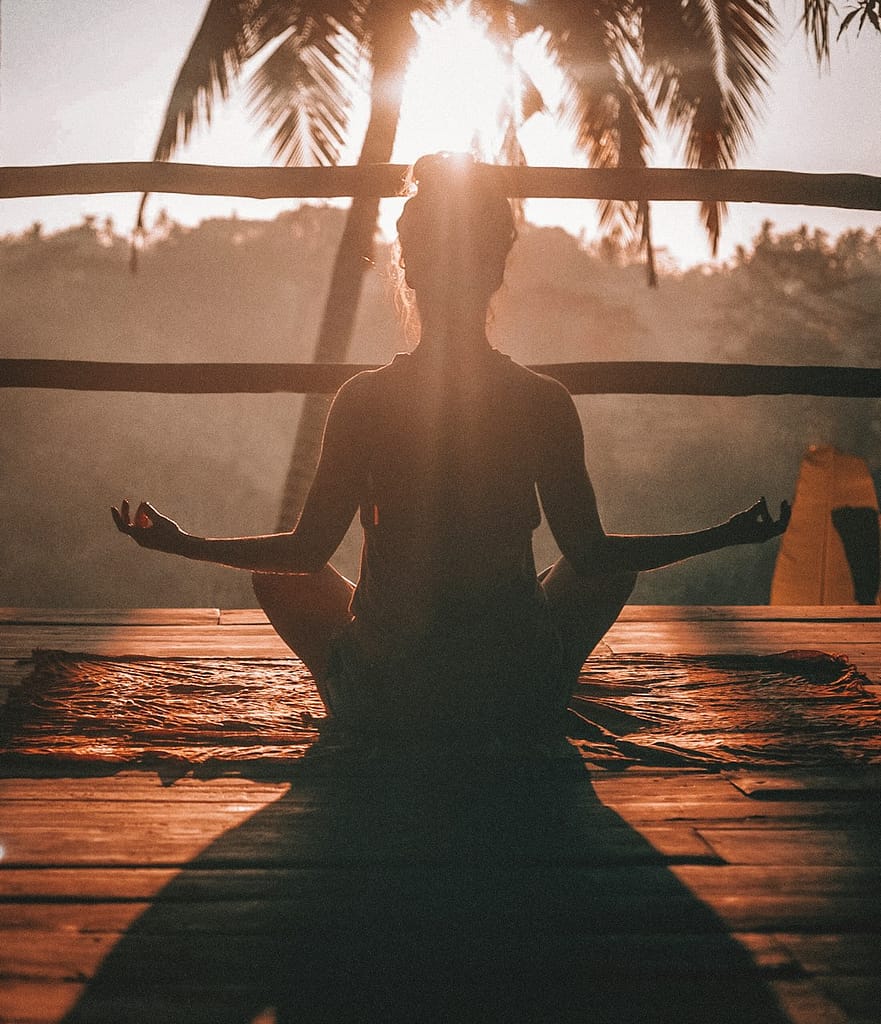
Hatha is the foundation of most modern yoga classes. It includes basic poses held with attention to breath and body awareness. Classes tend to be slower paced, making them ideal for beginners or anyone who wants to return to the basics.
You can expect a mix of seated, standing, and lying-down postures, with pauses in between to rest or refocus. The emphasis is on steady movement, breath awareness, and staying present in each pose. It is a great way to learn proper alignment and build a strong foundation for more dynamic practices.
Benefits: Builds strength and flexibility, improves balance, reduces stress, and encourages mindfulness. Hatha yoga is one of the best types of yoga for beginners.
Best for: Beginners, older adults, or anyone wanting a calm and steady practice.
Vinyasa Yoga
Vinyasa is a flowing style where each movement is linked with breath. Classes often include sequences like Sun Salutations and vary in intensity. It is more dynamic than Hatha and can feel like a moving meditation.
You will likely be guided through a creative sequence of poses that builds heat and encourages presence. Because the movements are fluid and breath-led, it can help shift stuck energy and sharpen focus. Some classes are slow and steady, others more fast-paced.
Benefits: Builds heat, increases stamina and flexibility, supports coordination, and improves focus. Vinyasa is one of the main types of yoga classes found in modern studios.
Best for: People who like variety, movement, and an energetic class.
Yin Yoga
Yin yoga focuses on deep, passive stretching. Poses are held for several minutes to target connective tissues like fascia, ligaments, and joints. It is slow and grounding, with lots of stillness.
Yin postures are usually done on the floor and supported with props. You will be encouraged to relax your muscles and allow gravity to do the work. It is not about pushing or forcing but about softening and staying present with whatever comes up.
Benefits: Improves flexibility, supports joint health, reduces stress, and calms the nervous system. Yin is one of the different types of yoga that works deeply on both body and mind.
Best for: Those seeking deep rest, runners, people recovering from stress or burnout.
Somatic Yoga
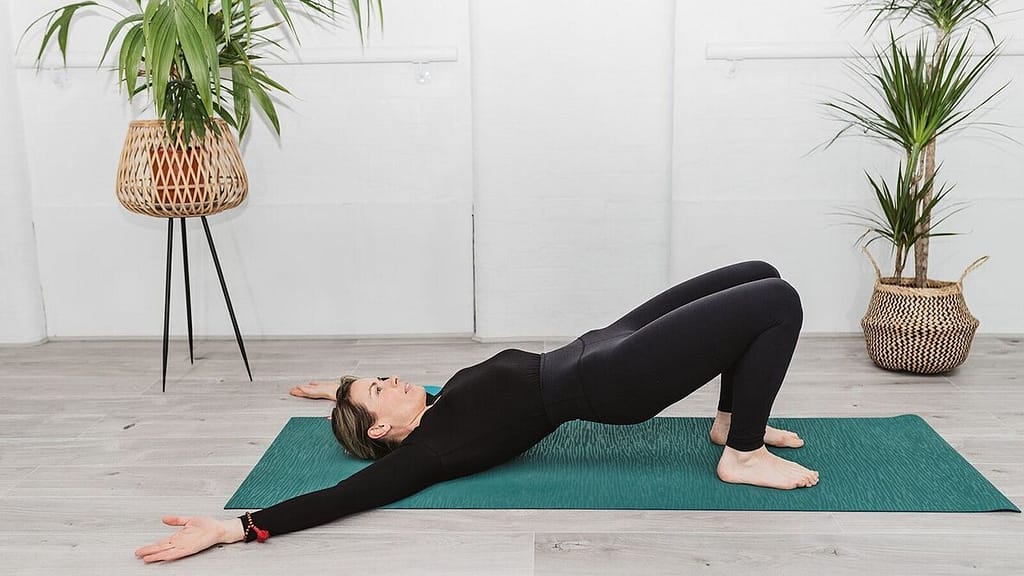
Somatic yoga is gentle and focused on internal awareness. It draws on movement therapy principles and is often used in trauma-sensitive and therapeutic contexts. Movements are slow, small, and focused on sensation.
Rather than aiming for a perfect pose, somatic yoga invites you to explore what you feel from the inside out. It can help you become more aware of habitual tension patterns and develop a more compassionate relationship with your body.
Benefits: Enhances mind-body connection, supports nervous system regulation, reduces chronic tension. This is one of the most supportive types of yoga practices for emotional healing.
Best for: People with chronic pain, fatigue, anxiety, or trauma histories.
Kundalini Yoga
Kundalini yoga combines movement, breathwork, chanting, and meditation. It is designed to awaken energy in the body and increase awareness. Classes follow a set structure called a kriya.
You might be guided through repetitive movements, specific breathing techniques, and periods of meditation or chanting. It can be powerful, emotional, and deeply uplifting, though it may feel unfamiliar at first.
Benefits: Boosts energy, improves mood, builds resilience, supports spiritual growth. It is one of the more unique and transformative types of yoga.
Best for: People open to a more spiritual or energetic approach.
Trapeze Yoga (Also Known As Aerial Yoga)
Trapeze yoga, also known as aerial yoga, uses a fabric hammock to support traditional poses, allowing you to explore movement in the air. It adds a new dimension to familiar postures and introduces entirely new ways of engaging the body.
You will practise a mix of strength-based poses, inversions, and stretches using the hammock as a prop. The support from the fabric can help improve posture, decompress the spine, and build confidence in balance and movement. It is often described as both playful and deeply grounding.
Classes are accessible to beginners with proper guidance and can be adapted to suit different experience levels. Many sessions include restful moments in the hammock, offering a unique floating sensation that supports deep relaxation.
Benefits: Builds strength, improves balance, supports the spine, increases body confidence. Trapeze yoga is one of the most dynamic and engaging types of yoga classes available.
Best for: Adventurous types, or anyone curious about movement in new ways.
Pregnancy Yoga (Also Known As Prenatal Yoga)
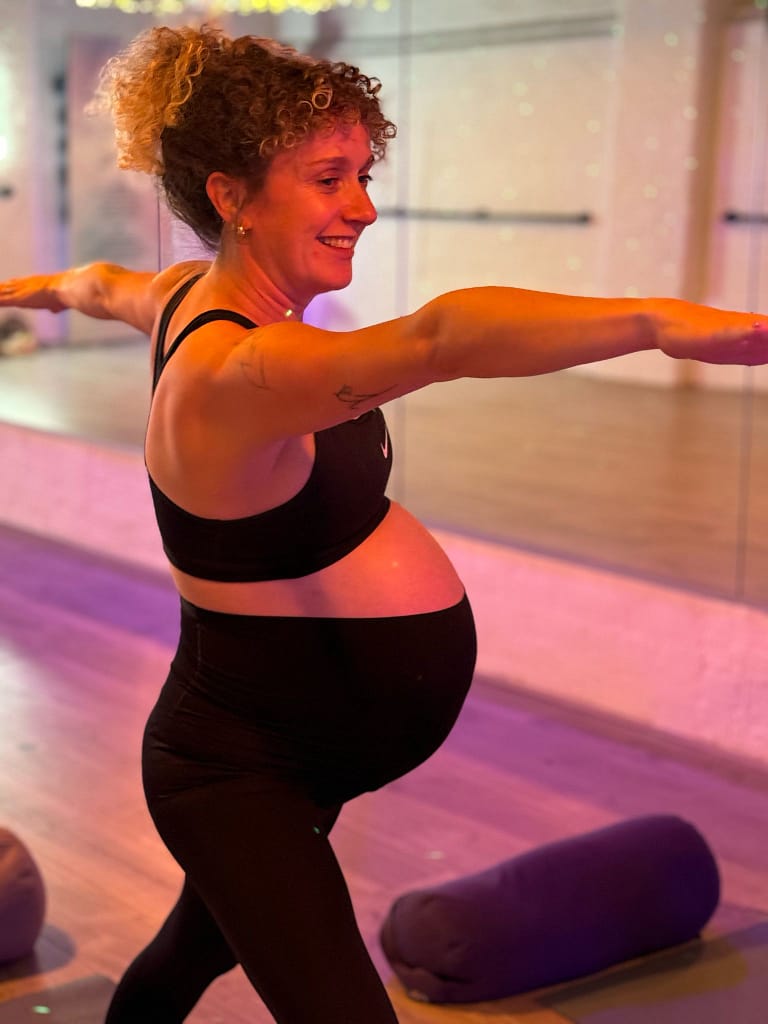
Pregnancy yoga, also known as prenatal yoga, is designed to support people through all stages of pregnancy with safe movement, breathwork, and relaxation techniques. It creates space for you to connect with your body and your baby in a way that feels grounding and supportive.
Classes are tailored to the unique needs of each trimester. They often include pelvic floor awareness, gentle stretching, posture support, and guided breathing or relaxation. These sessions can also offer emotional support and a sense of community with others on a similar journey.
Benefits: Eases pregnancy-related discomfort, builds strength and mobility, improves posture, and supports emotional wellbeing. It is one of the most nurturing and supportive types of yoga practices.
Best for: Pregnant people at any stage of pregnancy who want to move mindfully and feel supported.
Iyengar Yoga
Iyengar yoga is alignment-focused and uses props like blocks, straps, and bolsters to support precise positioning. Poses are held for longer, with detailed instructions.
You will learn how to safely enter and hold each pose, making small adjustments to improve alignment and awareness. This makes it ideal for people with injuries or those who want to refine their practice.
Benefits: Improves posture and alignment, builds strength, and enhances body awareness. Iyengar is one of the main types of yoga for therapeutic or rehab-based needs.
Best for: People with injuries, those who like structure, or anyone who enjoys a slower, detailed approach.
Ashtanga Yoga
Ashtanga follows a fixed sequence of poses done in a specific order. It is physically demanding and often practised in silence with a strong focus on breath and gaze.
Each session moves through the same sequence, which builds familiarity and discipline. It is physically challenging, and often taught as a self-led (Mysore) style for advanced practitioners.
Benefits: Builds strength, discipline, and focus, increases endurance and flexibility. Ashtanga is one of the more athletic types of yoga practices.
Best for: Experienced practitioners, or those looking for a consistent and challenging routine.
Sivananda Yoga
This is a classical style based on five key principles: proper exercise, breathing, relaxation, diet, and positive thinking. Classes follow a set sequence with emphasis on breath and spiritual connection.
You will be guided through sun salutations, traditional poses, and breathwork, usually followed by deep relaxation and short meditation. It is slower paced, and deeply rooted in yogic philosophy.
Benefits: Encourages balance across body and mind, reduces stress, and supports overall wellbeing. Sivananda is one of the most holistic types of yoga and their benefits go beyond the mat.
Best for: People seeking a holistic, traditional approach.
How To Choose The Right Type Of Yoga Class For You
Start With Your Goals
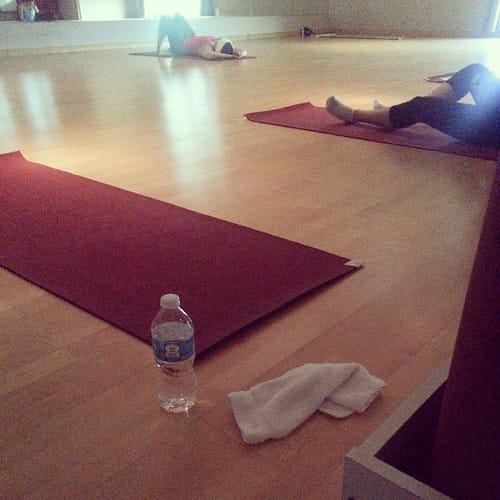
Are you looking to build strength, release stress, improve flexibility, or support mental health? Knowing why you want to practise yoga helps narrow your options. Some people come looking for a workout, others need a way to unwind. Both are valid.
Think about what your body and mind need right now. Do you need something energising or calming? Something steady or flowing? This will help you pick between the main types of yoga classes.
Try A Few Different Styles
Sometimes the best way to find what suits you is to experience it. Try a few beginner-friendly classes and notice how your body and mind respond. You might be surprised by what resonates.
Many people assume they need to be flexible to start yoga, but that is a myth. Every body is welcome. Some styles, like Hatha and Yin, offer a softer entry. Others, like Vinyasa or Aerial, add more movement and intensity.
Check Class Descriptions
Look out for words like “gentle,” “dynamic,” “restorative,” or “spiritual” in the class details. At Transcend, we aim to make that clear so you can find what feels right. If you are not sure, feel free to reach out and ask, we are happy to help.
Reading up on the different types of yoga and their benefits can give you more confidence before stepping into your first class. That way, you can feel more informed and less intimidated.
Final Thoughts: Yoga Meets You Where You Are
Yoga is not about touching your toes or doing the splits. It is about connecting to your body and your breath in a way that supports you. There are many types of yoga for a reason, and there is no pressure to find the perfect one. Just start where you are and be curious.
Whether you are looking for the best types of yoga for beginners or want to explore different types of yoga and their benefits, there is something for everyone. Yoga meets you where you are, and it grows with you.
We offer a range of yoga classes at both our Eccles and Salford Quays studios. Whether you are completely new or looking to deepen your practice, we would love to welcome you in.
Ready to try yoga for yourself? Book your class now.
Links to book yoga classes are below.
